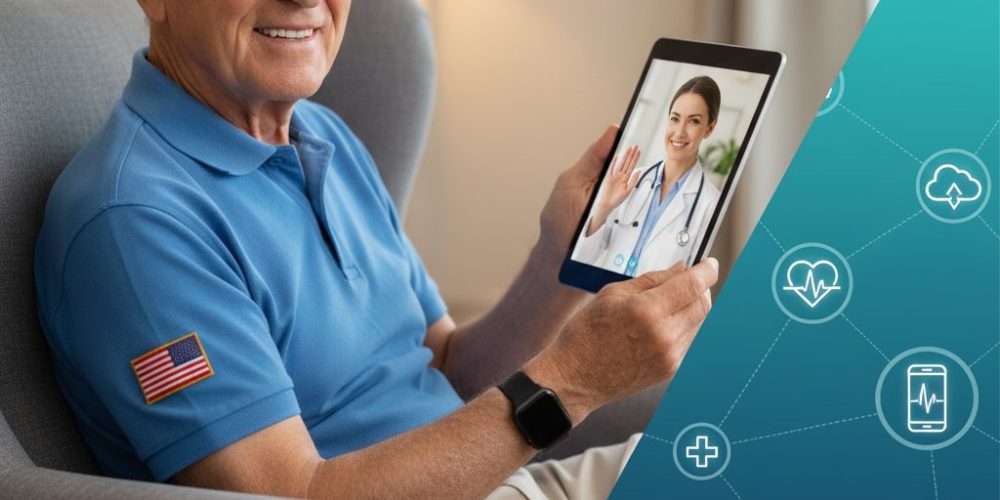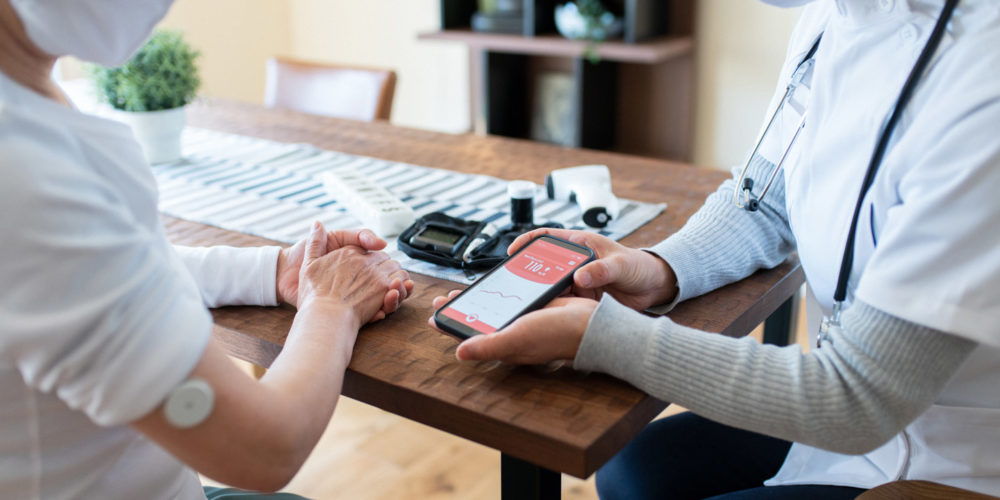With the development of technology, the healthcare sector has been swiftly expanding throughout time, and remote patient monitoring is set to take center-stage in the next few years. The practice of remotely monitoring a patient’s health state, often known as remote patient monitoring or RPM, provides many advantages for physicians and other healthcare professionals. In this blog, we’ll look at the future of healthcare and how remote patient monitoring can help physicians.
Using technology, remote patient monitoring keeps an eye on patients’ vital signs, symptoms, and other health-related data from a distance. The healthcare professionals who can utilize this information to diagnose and treat patients receive it next. RPM has many advantages, including better patient outcomes, lower healthcare expenditures, and higher patient participation.
The ability to give their patients better care is one of RPM’s main advantages for physicians. Physicians can identify potential health issues early and take action before they worsen by remotely monitoring their patients’ health. As a result, patients get prompt and effective care, which may improve their health results.
RPM enables physicians to give their patients more individualized care. Physicians can customize their treatment regimens to meet the unique needs of each patient by keeping track of their health data. Better treatment outcomes and increased patient satisfaction ratings may result from this.
RPM can help physicians save time and money in addition to enhancing patient care. Physicians can cut back on expensive and time-consuming in-person appointments by keeping an eye on patients remotely. This may provide physicians more time to concentrate on other facets of patient care, such diagnosis and treatment.
RPM can assist healthcare service providers in making financial savings. Healthcare providers can lower their overhead expenses by minimizing the need for in-person visits, which could result in cost savings for both the physician and the patient. This can make healthcare more affordable and accessible for patients, which is especially important in today’s healthcare landscape.
Finally, RPM can increase patient engagement and satisfaction. By monitoring their health status remotely, patients feel more connected to their healthcare providers, which can lead to better patient engagement and satisfaction rates. This can help patients feel more empowered and involved in their healthcare, which can lead to better health outcomes and a better overall healthcare experience.
In conclusion, remote patient monitoring is the way of the future of healthcare, and it offers a lot of advantages for doctors and other medical professionals. RPM can assist healthcare practitioners in providing better care to their patients while also saving time and money through improved patient outcomes, decreased healthcare expenses, and more patient involvement. RPM will become a more crucial tool for physicians and healthcare service providers as the healthcare business develops, and those who adopt this technology early on will be in a better position to succeed in the future.



